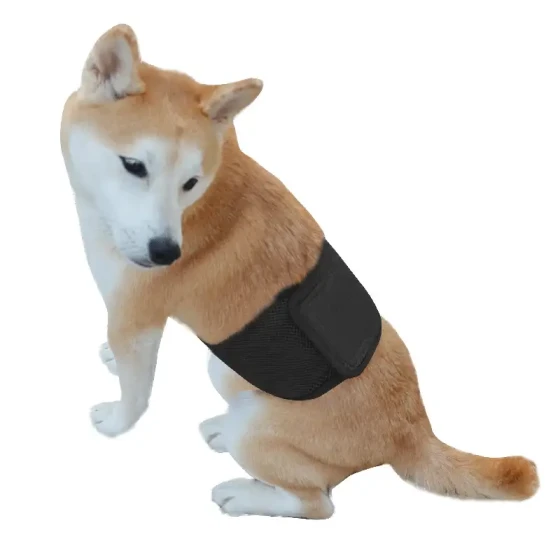Sheepdog Training: How to Train Your Border Collie to Play Frisbee?
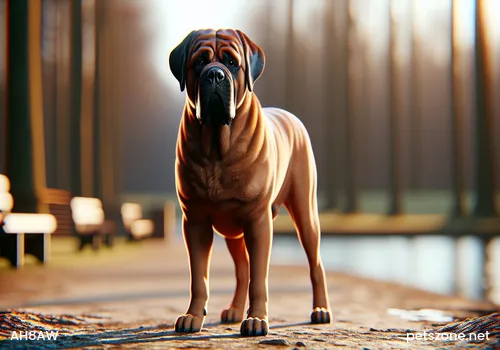
When considering training your beloved dog to retrieve with a frisbee, you should first learn how to throw skillfully yourself. Since playing frisbee with your dog requires cooperation between you, your dog, and the frisbee, it is wise to first play frisbee together with your human partner. Many trainers and dog owners believe that the healthiest and most beneficial activity is training dogs to play retrieving games. The most common scenario appears as a mutually pleasing game where the owner throws a stick or rubber ball and watches the dog excitedly chase after it. However, substituting a frisbee elevates this game to a whole new level, enhancing the bond and interaction between dog and owner during play.
Methods/Steps
Generally speaking, there are three training methods to teach a dog to retrieve: first, the "inducement" method; second, the so-called "forced" method; and third, a combination of both. Owners should adapt these methods based on their dog's temperament. Training a dog to retrieve should be based on the dog's prior obedience skills such as "Come" and "Sit" commands. Start in a quiet environment, establishing conditioned reflexes before gradually complicating the surroundings.
The "Inducement method" simply means to play! Utilize the dog's natural hunting instincts for training. This method depends on rewarding your dog, and of course includes "no punishment" and "no correction." Dogs love to carry things in their mouths. When this behavior is properly encouraged, dogs will happily continue to carry items. Through repeated training and rewarding encouragement, basic retrieving abilities can form. Once these instincts become apparent, take the dog outdoors to truly "play the game," usually starting with small objects. Initially, do not throw stones or metal objects for the dog to fetch. If your dog runs to grab the item, immediately reward it. Rewards should be given in a soft and gentle voice. Repeat the training until the ability is formed:
The "Forced" method first requires teaching your dog obedience. Start by taking an item your dog likes, have your dog sit on your left side, gently open its mouth, and give the "hold" command while placing the object inside the dog's mouth. Once the dog holds the item on command, immediately reward it. Repeat this action until your dog reliably grabs the item when hearing the command. After acceptance, continue to train the "release" action. The "release" command should have a softer tone than the "hold" command to differentiate them.
The next step is having your dog independently pick up items rather than you handing them. At this time, you need to throw the item progressively farther from your dog's mouth while issuing the "hold" command. Repeat until your dog responds to the command by retrieving the item. Then teach your dog to pick items up off the ground by issuing the "hold" command and letting the item roll on the ground to associate the command with the action. If your dog is confused and remains still, you must gently push its head down forcing it to pick up the item. (See the image where a frisbee is filled with dog food to make the dog like the frisbee)
Once the above goals are achieved, throw the item further away for your dog to fetch and return to you until training objectives are met. Owners should decide which method to use based on their individual dog's situation. Remember, a dog's nature is to retrieve items. Everything you do builds upon the natural interactive ability between dog and owner through special techniques.
When considering training your dog to retrieve with a frisbee, you should first learn how to throw skillfully yourself. Since playing frisbee requires cooperation between you, your dog, and the frisbee, playing with your human partner first is a wise decision.
Once your dog enjoys retrieving and you have learned how to control and throw the frisbee, you can give the frisbee to your dog. The frisbee makes the retrieving exercise more fun. It is important to have your dog view the frisbee as its own. If you smear the frisbee with meat juice, your dog will immediately show interest in this new toy. Another highly successful method is to use the frisbee as your dog's feeding dish. Doing this for a period of time will encourage your dog to regard the frisbee as a personal possession.
Precautions
The next step is having your dog independently pick up items rather than you handing them. At this time, you need to throw the item progressively farther away from the dog's mouth while giving the "hold" command. Repeat until the dog responds by retrieving on command. Then teach your dog to pick items up off the ground, issuing the "hold" command and letting the item roll on the ground to associate the command with the action. If your dog does not understand and remains quiet, you must gently push the dog's head down forcing it to pick up the item. (See the image where a frisbee is used to hold dog food to make the dog like the frisbee)
Once the above goals are reached, throw the item further away so the dog fetches and returns it to you until training goals are met. Owners should decide which of the two approaches to use for their specific dog. Remember, a dog's nature is to retrieve items. What you are doing is based on the innate interactive ability between dog and owner through certain special methods.
When considering training your dog to retrieve with a frisbee, you should first learn how to throw skillfully yourself. Since playing frisbee requires cooperation among you, your dog, and the frisbee, playing with your human partner first is wise.
Once your dog enjoys retrieving and you have learned how to control and throw the frisbee, you can give the frisbee to your dog. The frisbee makes retrieving more fun. It is important your dog sees the frisbee as its own. Smearing the frisbee with meat juice will attract your dog's interest immediately. Another highly effective way is to use the frisbee as your dog's feeding dish. Doing so for some time encourages your dog to claim the frisbee as its personal possession.
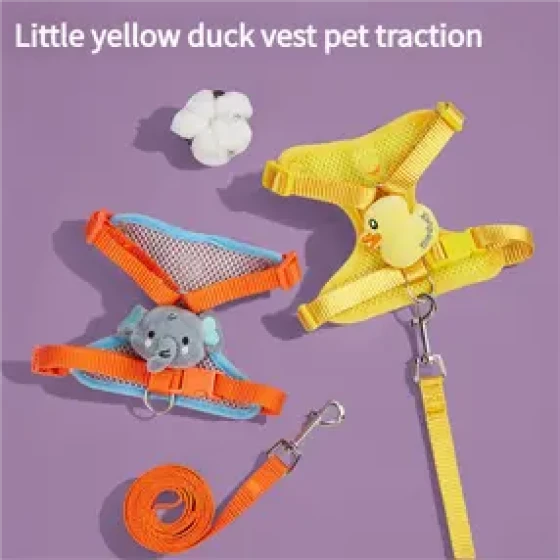
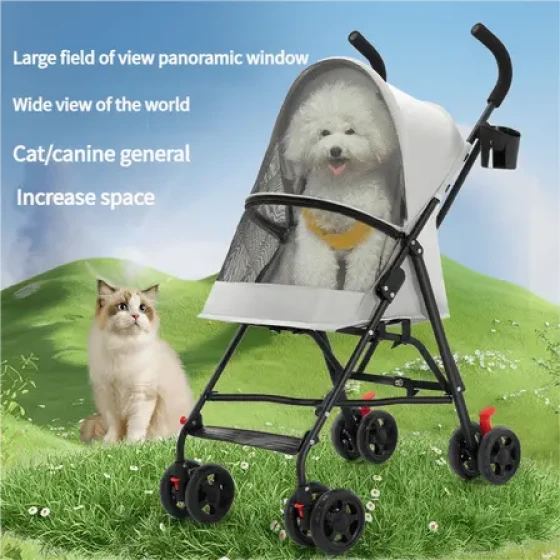
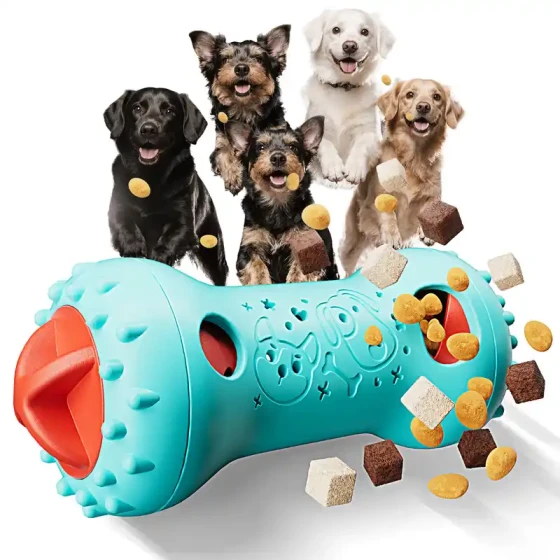
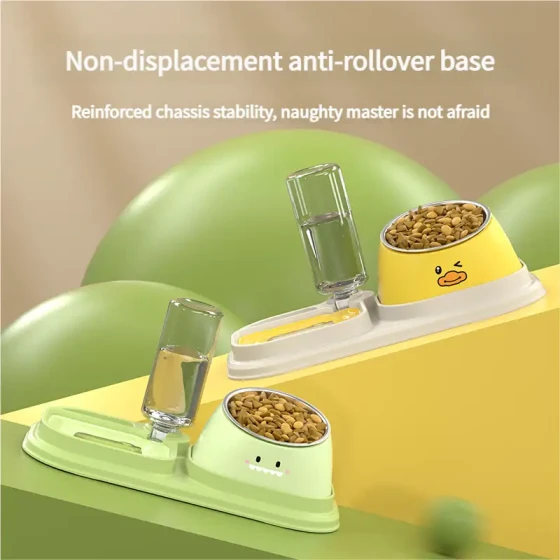
-560x560.webp)
